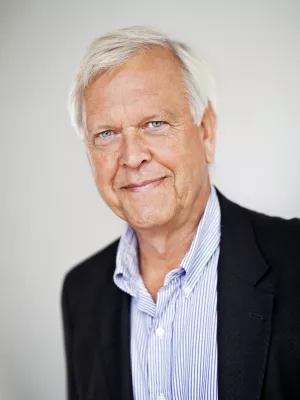
Carl Borrebaeck
Professor

Germinal Centers Regulate Human Th2 Development1
Author
Summary, in English
In the present study we demonstrate that all CD4+ T cells in human tonsil expressing the Th2-selective receptor chemoattractant receptor-homologous molecule expressed on Th2 cells (CRTH2) also 1) express high levels of CXCR5, and 2) display a transitional CD45RA/RO phenotype and consistently do not produce significant amounts of cytokines when immediately analyzed ex vivo. Hence, they represent precursors of Th2 effector cells, a conclusion confirmed by their robust production of IL-4, IL-5, and IL-13, but not IFN-{gamma}, after in vitro activation. CD4+ T cells, which express only intermediate levels of CXCR5, instead develop into IFN-{gamma}-producing cells under identical culture conditions, thus establishing a correlation between relative levels of CXCR5 expression and the acquired cytokine profile. Because CXCR5 is critically involved in follicular localization, the results suggest that these CRTH2+ Th2 cells preferentially develop their cytokine-producing phenotype within germinal centers (GCs), whereas extrafollicular differentiation instead promotes Th1 development. In support for this proposal, we show that T cells with an intermediate expression of CXCR5 can be forced to also produce IL-4 and IL-13 if cultured with allogenic GC B cells. Finally, we demonstrate that the previously described CD57+ GC T cells also express high levels of CXCR5 but instead of comprising a Th2 precursor, they represent anergized T cells. Taken together, these data suggest that GCs and B cells regulate CD4+ T cell differentiation in a finely tuned fashion, either by promoting differentiation of Th2 cells, which apparently leave the lymphoid tissue before evolving a cytokine-producing phenotype, or by furnishing T cell unresponsiveness.
Department/s
- Department of Immunotechnology
Publishing year
2003
Language
English
Pages
1657-1666
Publication/Series
Journal of Immunology
Volume
171
Issue
4
Links
Document type
Journal article
Publisher
American Association of Immunologists
Topic
- Immunology in the medical area
Status
Published
ISBN/ISSN/Other
- ISSN: 1550-6606

